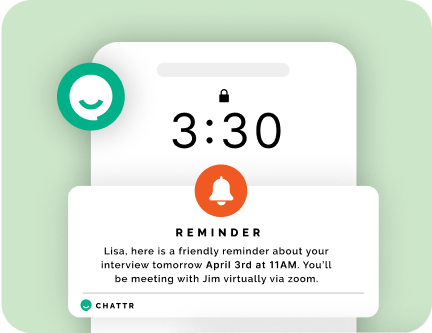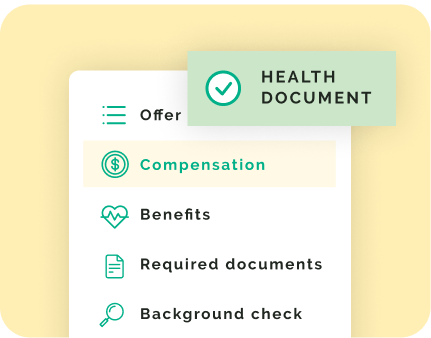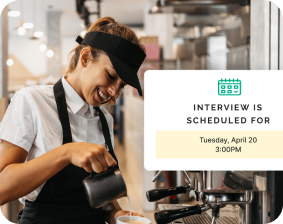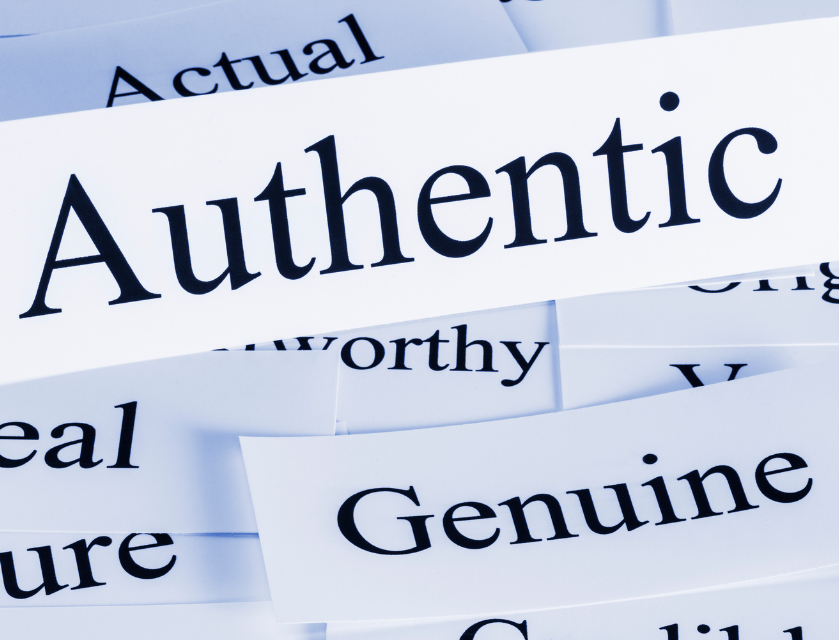Building an effective hourly workforce starts with proper onboarding and training. But many businesses fall short in preparing their teams. Let’s explore tips to set up your staff for success.
Welcome New Hires with Robust Onboarding
The early days make a big impact. Conduct onboarding over multiple days, not just one. Introduce new hires to your company story, brand promise, values, and culture. Explain key policies, procedures, systems, and tools. Connect new employees with peers and managers. A thoughtful welcome makes people feel valued and sets the tone.
Onboarding lays the groundwork for faster ramp-up later. It gets new staff up to speed on the landscape before diving into specifics. Strong onboarding leads to higher job satisfaction, greater retention, and quicker learning curves.
Don’t just hand someone a thick manual on day one. Break information into digestible chunks. Make it interactive with office tours, team lunches, and activities. Help employees see how they fit into the big picture.
Set clear milestones for what new hires should complete in the first week, month, and quarter. Check-in regularly to reinforce lessons and answer questions.
Ensure Comprehensive Initial Training
Once onboarding wraps up, focus on role-specific training. Combining different methods drives information home.
Start with e-learning modules that cover fundamentals, processes, tools, and policies. Manuals and checklists enable new hires to refer back to protocols. Then provide hands-on walkthroughs for how to complete tasks. Role-playing with peers builds skills for real-world scenarios.
Avoid death by PowerPoint. Incorporate videos, demonstrations, games, and conversations to engage staff. Tie training back to actual on-the-job needs through customer stories and examples.
Define milestones for what employees should know after 30, 60, and 90 days. Recognize people for hitting goals. Adjust coaching and support accordingly if someone is struggling. Validate comprehension through knowledge checks and feedback sessions. Training should educate, not overwhelm. Adjust techniques and pacing as needed.
Foster an Ongoing Learning Culture
The education process can’t stop after initial training. Markets evolve, new systems emerge, and processes change. Staying current is essential for your team’s success.
Offer lunch and learn sessions for employees to share expertise. Kickstart mentorships so veterans can coach junior staff. Sponsor external courses to build in-demand skills. Develop training “tracks” aligned to growth goals like management. Outline development milestones for the year ahead.
Encourage employees to learn across functions, not just siloes. Shadow colleagues in other roles to broaden understanding.
Tap into people’s intrinsic motivation to learn. Use points, rewards, leaderboards, and friendly competitions to drive participation. Recognition and celebration keep morale high. Make continuing education easy to access. Create central e-learning portals with video tutorials and programs. Offer mobile-friendly content for on-the-go learning. The more your team learns, the better equipped they’ll be to drive results under changing conditions. Investing in growth pays dividends.
Onboarding and Training Tips Recap
Let’s recap some of the best practices shared so far:
– Structure a multi-day onboarding program to welcome and prepare new hires. Set them up for success.
– Combine e-learning, manuals, demos, role-playing, and on-the-job training for well-rounded skill building.
– Set 30/60/90-day milestones. Recognize progress. Adjust support when needed.
– Make training fun and engaging through games, competitions, and interactivity. Avoid boring slides.
– Foster continual learning through mentorships, lunch and learns, external courses, and development plans.
– Enable easy on-demand access to learning through e-learning portals and mobile content.
Now let’s explore how AI can optimize this process.
Final Thoughts
While skilled human trainers are irreplaceable, AI makes onboarding and training more efficient and engaging. Chattr’s AI assistant streamlines administrative work and provides personalized, accessible learning.
For onboarding, Chattr handles critical but manual tasks like sending pre-boarding packets, scheduling trainings, and tracking progress against milestones. This saves managers time.
Through its conversational interface, new hires can access training materials, company information, and ask questions on their smartphones. Information is broken into digestible chunks.
Based on role, tenure, strengths, weaknesses, and goals, Chattr recommends training content unique to each employee. The AI assistant adjusts recommendations over time as employees develop new skills.
To boost engagement, Chattr enables interactive conversations, simulations, and role-playing scenarios. Employees can practice situations before encountering them. Managers gain visibility into who has completed what training across both individuals and teams. Chattr flags where additional coaching may be needed.
As policies, products, and processes change, Chattr updates training programs accordingly. Employees learn the latest information.
In summary, Chattr harnesses AI to simplify onboarding and training through personalization, automation, and accessibility. This allows your hourly workforce to thrive in a rapidly evolving business landscape.












